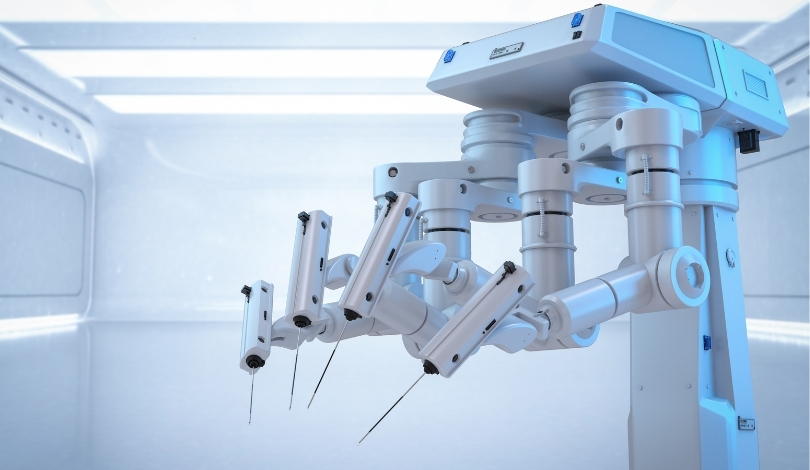In the latest issue of IET Control Theory & Applications, the article delves into a sophisticated nonlinear controller aimed at optimizing the performance of a single-link robot arm with a flexible joint. This development is noteworthy for its innovative control strategy, which integrates a Proportional-Integral (PI) controller with a nonlinear velocity feedback system. These enhancements focus on providing effective nonlinear damping while also aiming to suppress vibrations. Extensive simulations are conducted using machine learning techniques within the Python environment to validate the performance of this new controller. This article not only highlights the improved dynamic performance of the robot arm but also compares it with previous control methods.
Innovative Control Strategy
The proposed nonlinear control strategy is designed to enhance the performance of flexible joint manipulators. It incorporates a PI controller along with a nonlinear velocity feedback component. The aim is to offer effective nonlinear damping and mitigate vibrations that typically affect robot arms with flexible joints. The researchers conducted comprehensive simulations using machine learning techniques in the Python environment to validate the efficacy of this control approach.
Performance Benchmarks
The performance of the proposed nonlinear damping controller was benchmarked against a conventional linear cascaded P-PI control structure. Both controllers were fine-tuned using the Nelder-Mead algorithm to ensure optimal performance. Simulation results revealed that the nonlinear damping controller significantly improved the dynamic behavior of the robot axis arm. The new controller demonstrated superior step and sinusoidal position tracking performance, coupled with active vibration damping capabilities.
In previous research, traditional control methods for flexible joint robot arms primarily relied on linear controllers. These methods often failed to effectively handle the nonlinear dynamics and vibrations inherent in flexible joint systems. By contrast, the new nonlinear damping approach offers a more robust solution, addressing these challenges more comprehensively. Past studies also struggled with fine-tuning the parameters for optimal performance, a gap that the current research fills by utilizing machine learning techniques and the Nelder-Mead algorithm.
Earlier attempts to enhance the dynamic performance of flexible joint manipulators involved various linear and nonlinear control strategies. However, these methods frequently fell short in providing adequate vibration suppression and precise position tracking. The current research stands out by integrating a nonlinear velocity feedback component with a PI controller, a combination that has proved to be more effective in simulations. This approach not only aligns with but also advances the field’s understanding of nonlinear control strategies for robots.
The enhanced precision and improved dynamic performance of the robot arm, as demonstrated by this study, offer substantial advancements in the realm of flexible joint manipulators. The nonlinear damping controller outperforms its conventional counterparts, especially in scenarios requiring precise step and sinusoidal position tracking. This research is particularly valuable for industries relying on robotic systems for tasks that demand high accuracy and minimal vibration, such as assembly lines and surgical procedures. Moreover, the use of machine learning techniques for controller validation marks a significant step forward in the application of artificial intelligence in robotics.










